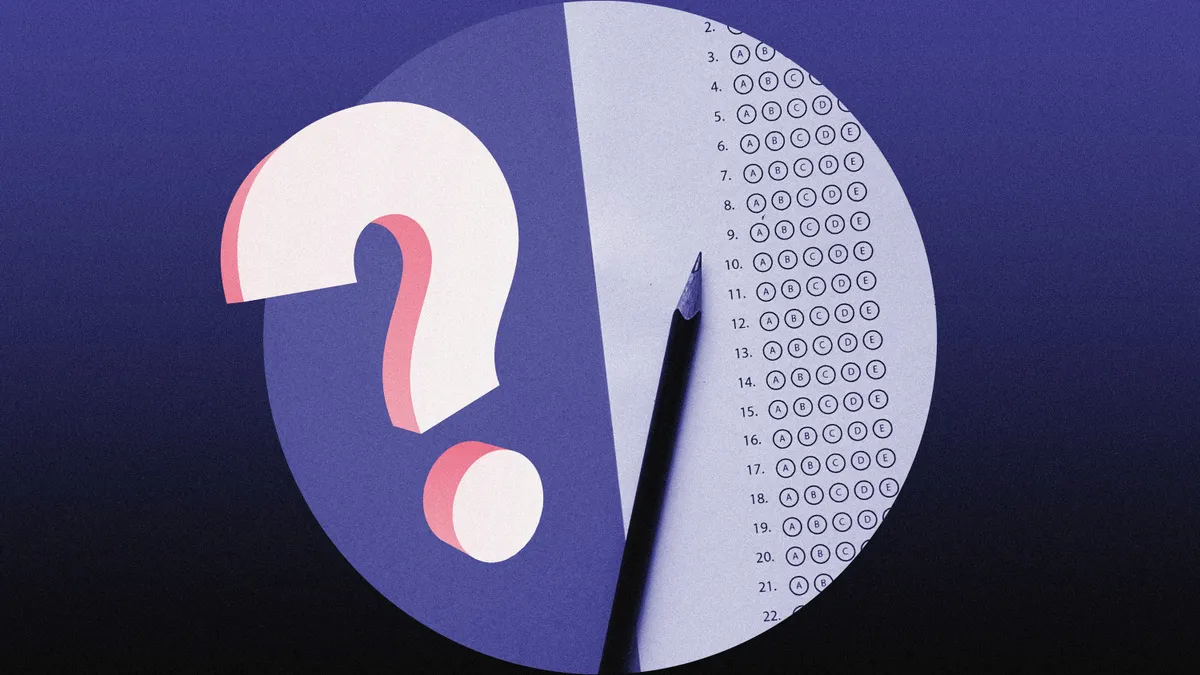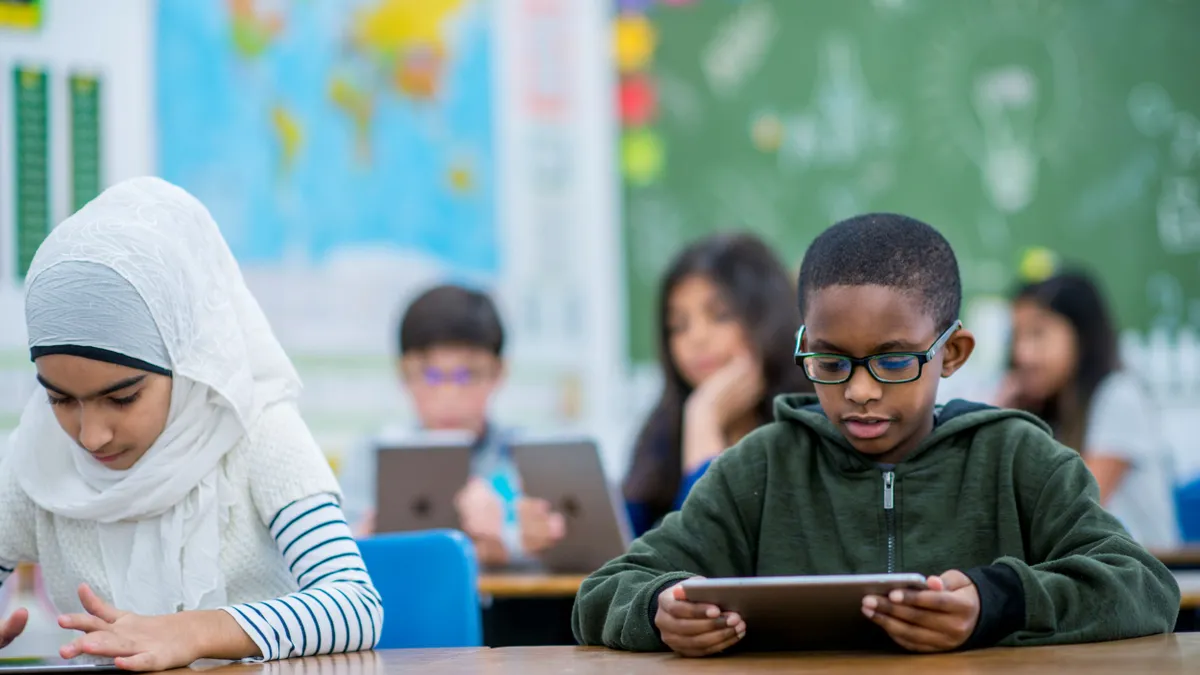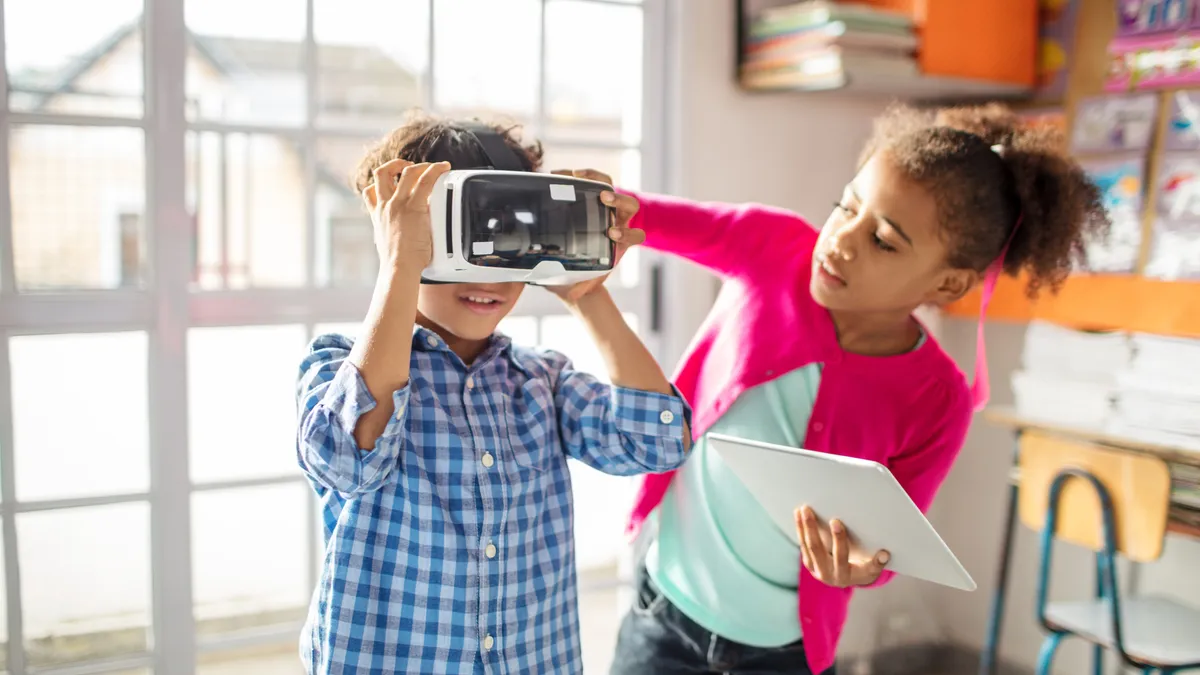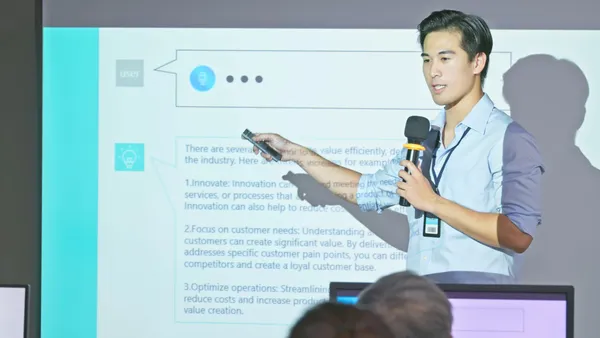Glenn Robbins is superintendent of the Brigantine Public School District in Brigantine, New Jersey.
With every device students use at home, school and everywhere in between, they connect to a wealth of information. But the information superhighway is not one-way. Sometimes there are bad actors who try to access, steal and use our personal information — including that of students.
In recent years, cyberattacks have increased, with over 1,300 cyber incidents in K-12 between 2016 and 2021. When you consider the value of information linked to a student, including the personal details tied to school accounts like addresses and Social Security numbers, or financial information tied to gaming or rideshare accounts, the picture intensifies.
Districts can protect themselves with the right cybersecurity resources and tools, but it’s just as important to help staff and students develop habits that prevent identity theft, financial loss, and damage to devices, as well as build digital literacy.

At Brigantine Public School District in Brigantine, New Jersey, we’ve started this process by introducing a cybersecurity curriculum at the high school level, and also for our middle and elementary school students. Based on our experience, here is what I’d recommend including in any cybersecurity curriculum for elementary and middle school students.
Basic cybersecurity concepts
Like any curriculum, it’s best to start with a strong foundation. We start by ensuring students understand the basic concepts of cybersecurity. Educators don’t have to wait until high school to do this, either.
There is value in introducing concepts in elementary school and then scaffolding more advanced knowledge. Start with introducing definitions for words like “password,” “firewall,” “phishing” and “cloud” through word finds, crossword puzzles or vocabulary quizzes.
How to recognize threats
Cybercriminals are becoming more sophisticated in their approaches, and it’s even difficult for adults to identify cybersecurity threats. With the right education, students can learn to recognize phishing messages and ransomware, as well as their role in preventing distributed denial of service, or DDoS attacks.
Scavenger hunts that focus on finding misspelled sender email addresses, odd links and other suspicious elements of texts, emails and direct messages can help students learn skills that will protect them for years to come. Mad Libs-style games or icebreakers that ask for information about where students were born, their pets, birthdays or best friends — paired with lessons on creating strong passwords — can help them understand how to protect their personal information and devices.
Using technology safely
As adults, we marvel at how easily children understand new technology. However, being skilled with technology doesn’t translate to safe usage. Covering safety can stretch across many subjects. Students should understand how to use technology, including developing safe browsing habits and the risks of connecting to public Wi-Fi.
Digital safety has personal implications. For today’s students, their permanent record is their digital footprint. Teaching students through case studies about famous memes or current events like the trademark battle of TikTok creator Jools Lebron can highlight the lasting impact of online posts, rules of fair use and the importance of protecting their creations.
Being a good digital citizen
Schools have always prepared students to be good citizens in our communities, but now that means being good digital citizens, too. Discussions that share definitions of cyberbullying, how to handle a cyberbully, ethically posting online and responding to comments, and respecting the privacy of others are all essential aspects of being a good digital citizen.
The value of teaching students these skills is two-fold: Not only will students be more empowered to be upstanders instead of bystanders online, but they’ll also learn to contribute to making the internet safer for everyone.
Cybersecurity curriculum resources
The good news for educators is that there are a lot of great resources for creating a cybersecurity curriculum available. I invite you to use these available resources:
- iKeepSafe provides educators resources, including trainings that cover topics such as digital citizenship, privacy and security.
- NetSmartz offers entertaining and educational games, videos and other resources to help kids be safer on and offline.
- Common Sense Media gives educators free resources to teach media literacy and digital citizenship.
- National Cybersecurity Alliance publishes regular resources, guides and articles with tips educators can use in the classroom.
- Cyber Patriot is a national program to help students get interested in cybersecurity careers.
- Consortium for School Networking has resources for IT leaders and educators that can help improve a district’s cybersecurity and introduce important topics to students.
Adding cybersecurity to students’ education is vital to their safety and another layer of protection for school systems. As technology continues to be an integral part of students’ lives from the classroom to the workforce, students need to be more than just familiar with technology. They need to be able to use tools safely, ethically and effectively.
Learning these skills today will help prepare them to navigate and adapt to an ever-evolving digital landscape, and educators play a pivotal role in this process. By establishing a robust cybersecurity curriculum, we can transform students who are already digitally reliant into individuals who are digitally resilient, ready to face the challenges of tomorrow.






 Dive Awards
Dive Awards














